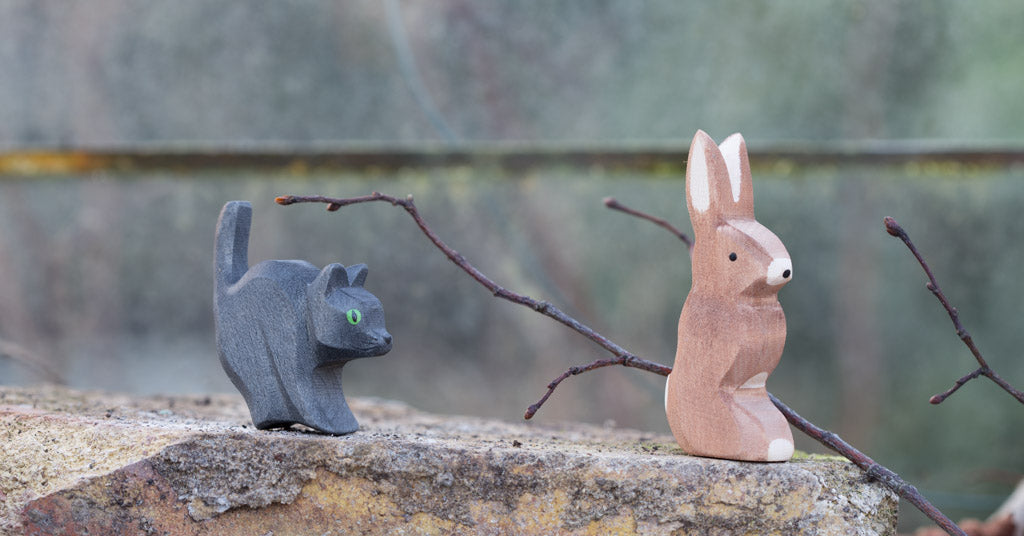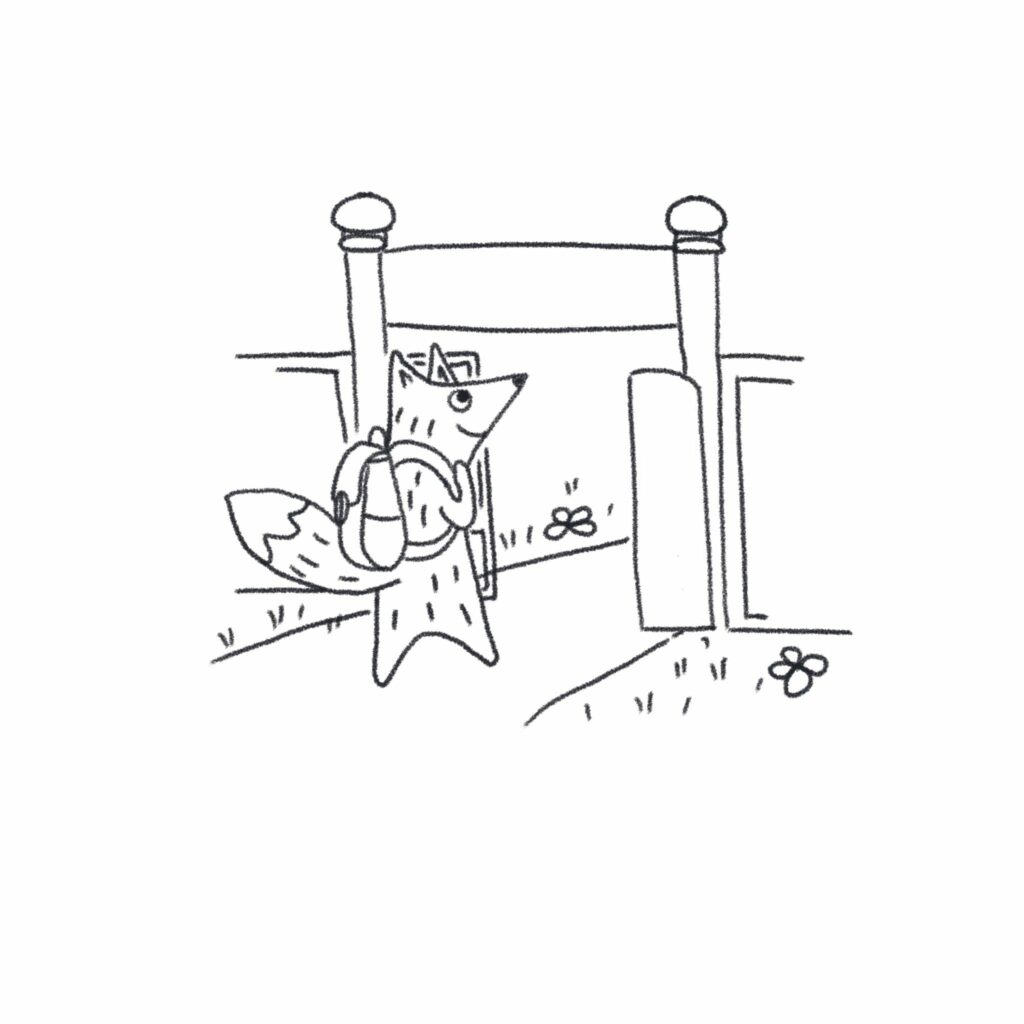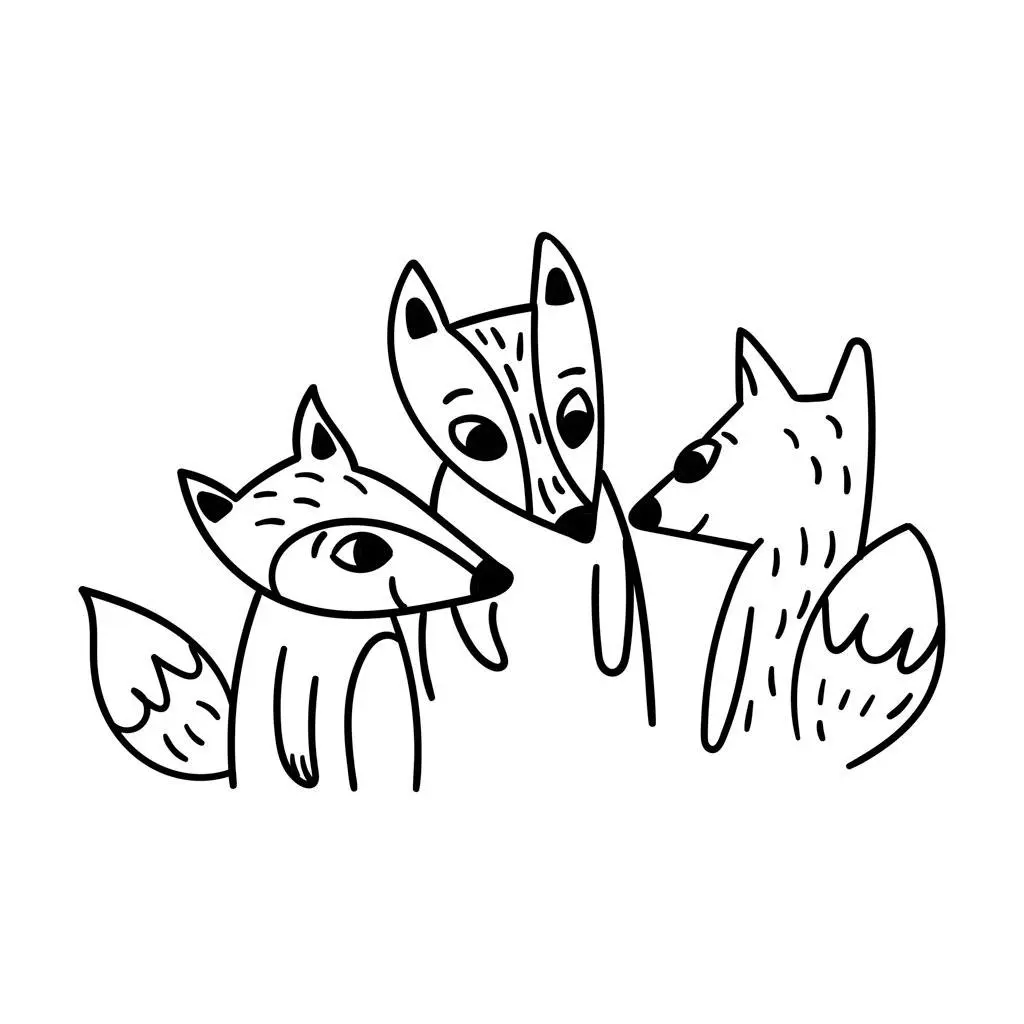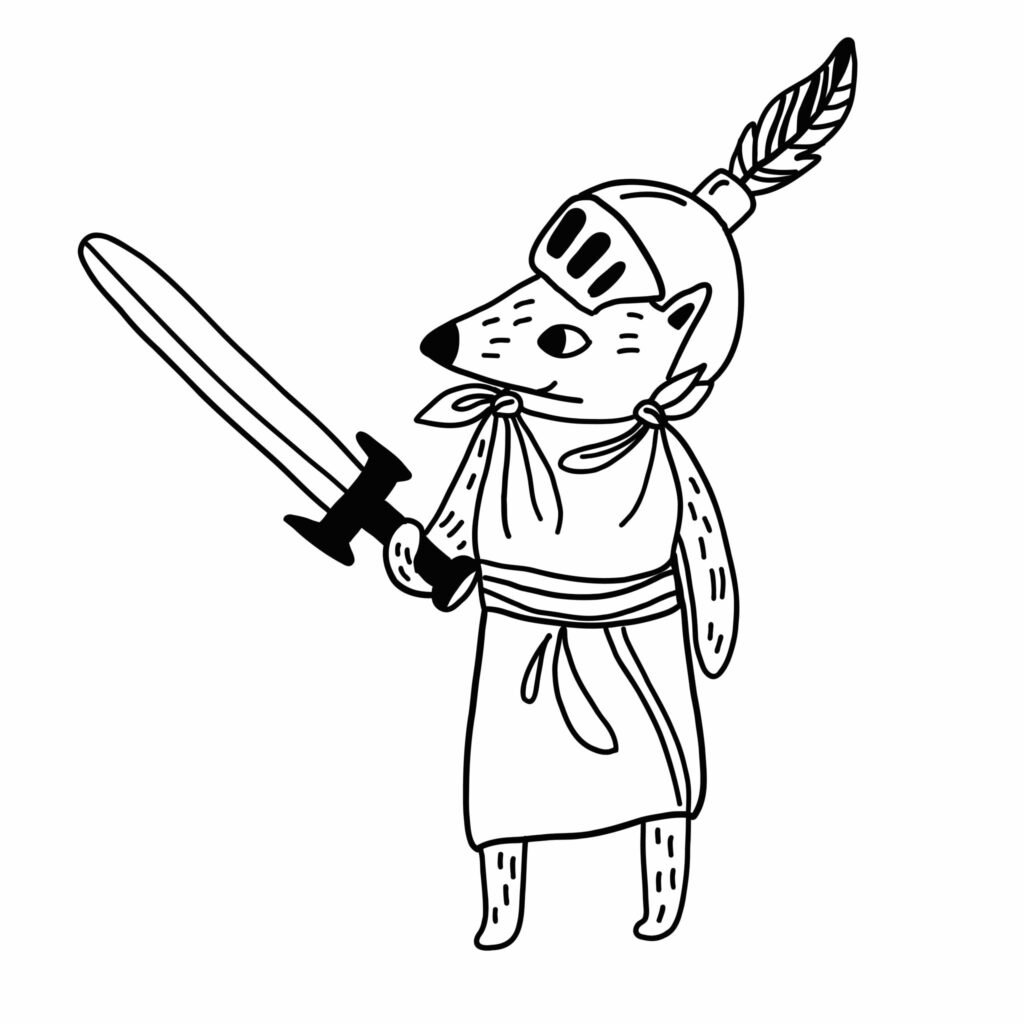As back-to-front as it may sound for us to say it, you’ll definitely hear us say it plenty: children have too many toys. As parents, we see first hand just how many they accumulate. Birthdays, Christmas, trips to the supermarket, freebies on the front of magazines and treats from Grandma – they all add up.
We don’t mean to sound pokey, we really like toys! The problem for us is that so many of the toys they get are duplicates of the same thing. And while it’s great to collect things, we find that having so many duplicates traps the young imagination in something of a creative cul-de-sac.
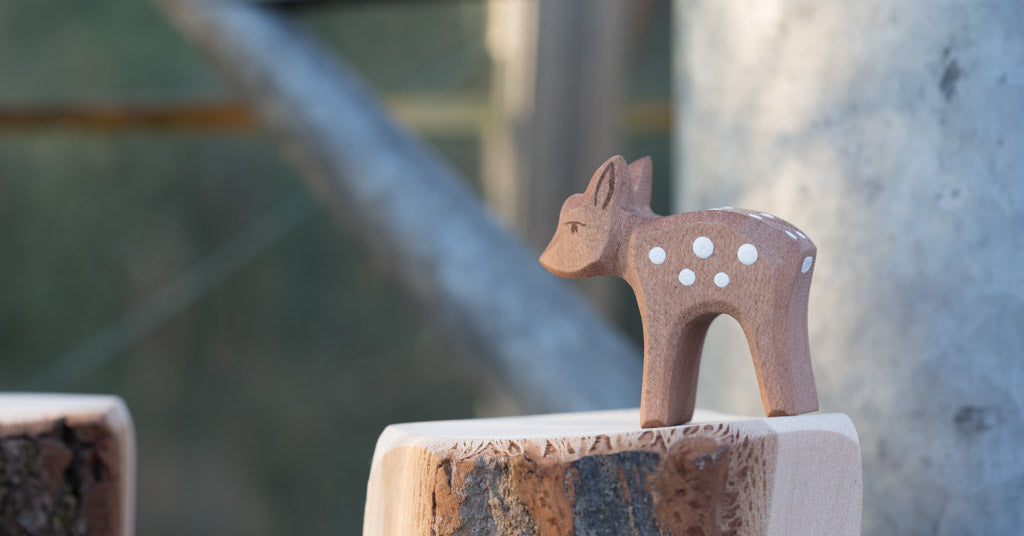
Take One Hundred Toys’ No. 1 son: he has what must be 100 dinosaurs. Because people know he likes them, every present he gets is a dinosaur. Not only that, but it’s pretty much always a T-Rex. T-Rexes are the biggest, baddest, most dangerous dinosaur, a winning gift for a three year-old.
But while they are undoubtedly the best for making satisfyingly loud roars and frightening your baby sister, how many adventures can a pack of ruthless predators make without any other creatures to inhabit their world?
What happens then, if we replace one of his many T- Rexes with a gentle herbivore? Even though a dippy diplodocus might seem less exciting, it actually helps his play get more interesting. Because now he has a predator and its prey. If we swap out another T-Rex, this time for an ankylosaurus, it could weigh in and protect the goofy diplodocus, swinging the club at the end of his tail to keep the T-rex at bay.
Simply by adding a well-chosen mix of figures, with a range of personalities and characteristics, rather than a whole load of the same ones, his play is made infinitely richer.
The Ostheimer Witch’s Cat is up to no good. Will the rabbit be saved by his keen hearing?
What’s more, concepts of good vs bad, wrong vs right, are extremely potent to the under-fives, who are busy exploring and internalising the values of the society they’re growing up in. By introducing more light and shade to their play, examining the opposites of the more alluring themes (the boring herbivore vs the exciting T-rex), you can begin to lay the foundations for empathy and awareness of others.
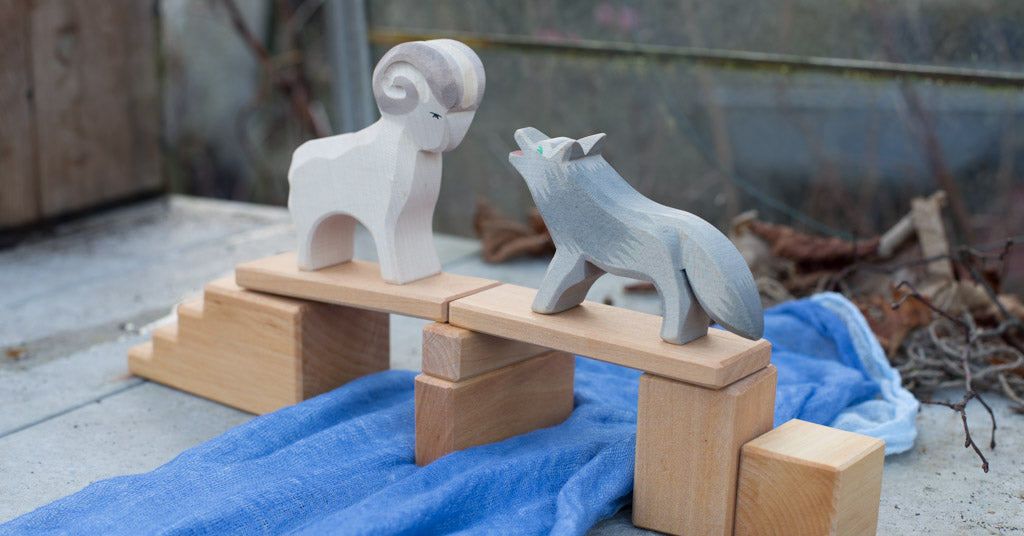
As well as playing with figures, you’ll find many classic tales are excellent for harnessing these ideas, in particular stories based around a small group of distinct personalities – such as Peter Rabbit or Winnie the Pooh
The Peter Rabbit TV series encapsulates this idea even better than Beatrix Potter’s original books, insofar as each episode features the same cast of characters rather than telling a completely different story.
Will the brave little squirrel escape? Ostheimer’s animals, though carved very simply, have an unmistakable energy to them.
The malevolent Fox, Mr Tod, and Old Tommy Brock the bumbling badger, are the chief villains. Peter is brave but sometimes reckless, Benjamin Bunny occasionally fearful, while Lily Bobtail (a Cbeebies creation) is smart and confident. With each new adventure, a shared history is created, with story layered upon story until an entire universe is created.
Another cat getting ready to pounce. Will our squirrel make off with his prize?
Using fewer toys in small world play encourages children to focus on creating novel situations for the characters to explore. With no new figures to add excitement, the variety comes from the imagined worlds they inhabit. If you’re always reaching for a new toy to keep things interesting, you leave no room for imagination to creep in. (And of course if you can supplement this with plenty of storytime, you are giving them a rich seam of inspiration to draw upon.)
Whether it’s dinosaurs, wild animals or action figures makes no difference. Fewer, better chosen toys make for a more creative child – and a tidier house!


